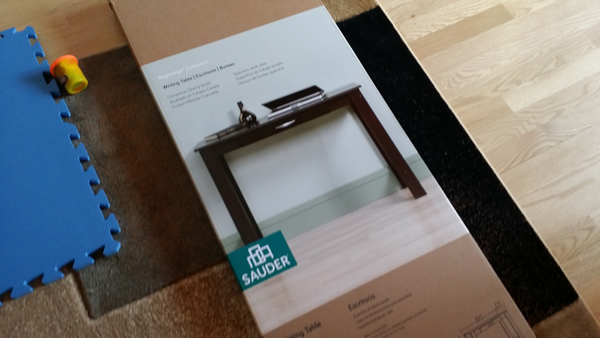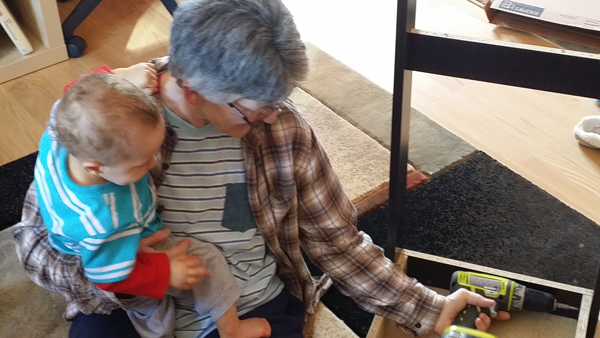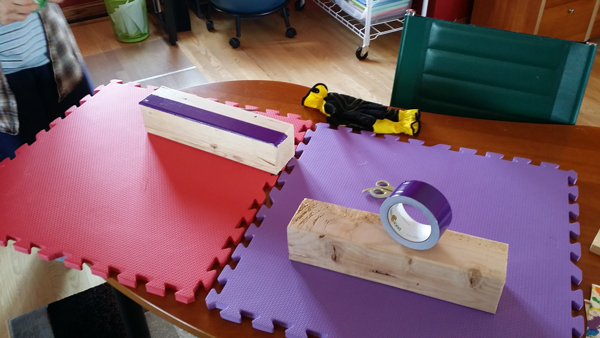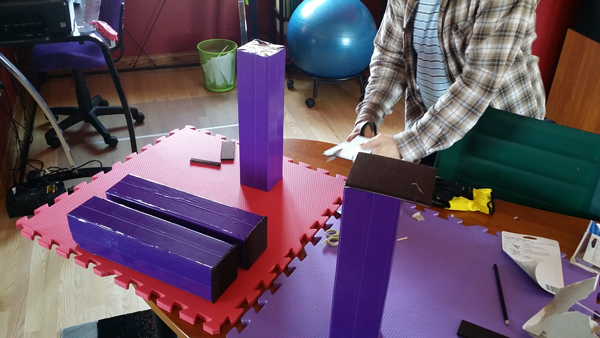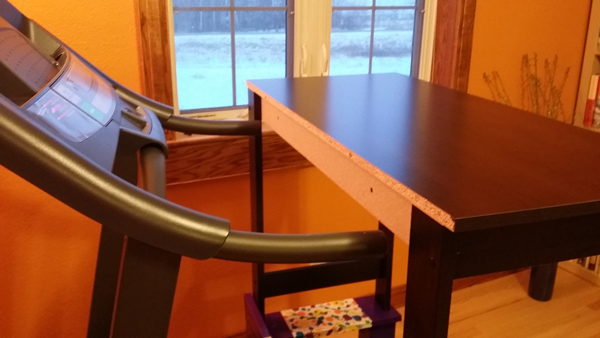5 Steps to More Motivated Sales People
- Short Summary: Sales motivation is not something that can be taught like a lesson. Self-motivation happens when the desire to learn and achieve is ignited from within.
For most of grade school and middle school, my granddaughter was homeschooled. . . at my house. Each morning her mom dropped her off before she went to work, and Aubrey and would I head to our shared office. Most days she jumped on her computer, loged into her curriculum (she is enrolled in an international online school), and knocked out her lessons. Some days though, she just couldn't get into it. And most of the time when that happened, it’s not that she wasn't motivated to do her lesson. It’s that she couldn't relate to it.
Sales motivation is not something that can be delegated like a task or taught like a lesson. We can try to motivate others by focusing on outcomes (carrots and sticks), but ultimately, the only type of motivation with staying power is self-motivation. Self-motivation happens when the desire to learn or achieve comes from a deep interest in or attachment to the work.
One aspect of marketing that manufacturers and designers should pay much closer attention to is retail sales training. That’s right, sales training—at least at your level—must be part of your marketing program. If you sell to retailers, you are entrusting much of your business success to the marketing, merchandising, and sales skills of each retail store. Ultimately, your sales fate lies in the hands of sales representatives you may never have met and who may or may not ever purchase fine or designer jewelry. What motivates them to sell your jewelry, and not just show it if a customer appears interested? You need to cultivate in them a deep interest in and attachment to your work.
Your sales training can be delivered in person, on your website, in printed materials, or as a video. Most companies doing a good job of sales training use a combination of these. So don’t get fixated on whether you are shooting a video or buying airfare. At least, not yet. To begin, create an outline of the information you can share that will stimulate salesperson interest in and passion for your work.
1. Start with your people. We don’t establish relationships with things—not even with jewelry things. We establish relationships with people. So share information about your company and the people who work there. Share photos of your workspace, introduce your employees, and paint a picture of what it’s like to work in your workshop. Stories are your best, most powerful tool for evoking a feeling of attachment. Help the people selling your jewelry feel part of your organization.
2. Move on to consumers. Next, share some stories about consumers who have purchased your jewelry. Talk about why they collect your work and what drew them to your work in the first place. Share a few customer tales that can convey the humor, sentimentality, ethos, or charm of your brand. By helping salespeople picture the ultimate consumer of your work, you will help them envision their own customers as buyers of your work. What we can imagine we can do, so stir the imagination.
3. Now talk about the jewelry. Retail sales experience runs the gamut from brand-new-to-jewelry to 40 years in jewelry sales, and you must appeal to all of them. Describe your designs in terms of design aesthetic, what motivates you to create the designs, how you may have evolved to this point in your design aesthetic, and the materials you work in. Talk about any particularly meaningful, unusual, or important elements of your design in terms of why you chose them and what those elements mean as part of your brand.
When merchandising your line, consider whether or not the elements of your line sheet create any sort of connection for the salesperson. I love it when designers name their jewelry. There’s so much more emotional connection to a ring that’s named “Serendipity” compared to a ring that’s named DT-104. At the very least, name your collections, and explain the thoughts behind your naming.
4. Share your selling experience. You’ve been out there selling your line at trunk shows, trade shows, chair-side visits with editors, and cocktail parties. You have a pretty good idea of sales techniques that work. Share them! Give the retail salesperson some tools to put in her toolbox in the form of anecdotes and approaches that work for you or for your salespeople.
5. Get to the salespeople. This part can be tough. For every store owner that immediately shares everything he learns from a salesperson or designer, there’s another who takes the box of candy home and forgets to pass along the line sheets. But it’s in your interests to get to the salespeople, so figure out a way. Some good methods include:
- Offer to provide in-person training. For an appropriately-sized order, this can be well worth your expenditure.
- Produce a booklet. Think “booklet” more than brochure or pamphlet. You need to entertain and entice the sales staff. As long as you’re telling stories, deliver them in a form that feels like a story-vehicle.
- Produce a video. Put the video on your website, send e-mail links to store managers and sales staff, or burn DVDs and send them via mail.
Now you just have to get to the salespeople. If you’re not traveling to the store, you’re sending something. Ask the store manager or owner for a list of salespeoples’ names and, if available, e-mail addresses. Send your training information with a personal note and perhaps a small gift (something as simple as a tiny box of chocolates or a $5 Starbucks card) to thank them for their time. This won’t be possible with all retailers, because some retail storeowners just won’t let you have access to their sales staff. But for those who do, you can establish a bond of increasing familiarity, interest, and mutual benefit.
When my granddaughter couldn't get into her lessons, we went into story mode. That’s was my role as a learning coach — to come up with the right stories at the right times to reignite her motivation. That’s your job too.

 I have a Gucci chain bracelet that I never take off. Yes, it has sentimental value, but that's not why I never take it off. I never take it off because it's so hard to put on again. I have tried several of the bracelet holders I've seen in the past - and once even made one for myself - but nothing ever worked quickly and without ticking me off.
I have a Gucci chain bracelet that I never take off. Yes, it has sentimental value, but that's not why I never take it off. I never take it off because it's so hard to put on again. I have tried several of the bracelet holders I've seen in the past - and once even made one for myself - but nothing ever worked quickly and without ticking me off.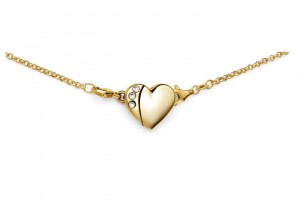 I had found my non-jewelry fun-find of Jewelry Week! Usually my heart is won by technology or a machine, but Fairy Fastener is a great example of both smart product design and very smart business women.
I had found my non-jewelry fun-find of Jewelry Week! Usually my heart is won by technology or a machine, but Fairy Fastener is a great example of both smart product design and very smart business women.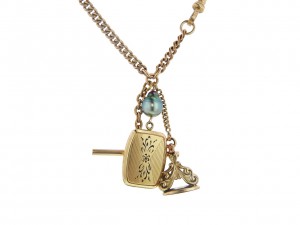 Julie Romanenko (AKA Just Jules) is well-known for finding the best vintage lockets in antique markets around the country, then remaking them into modern designer jewelry. These lovely lockets are one of her two signatures, and they tie her passion for finding and restoring treasures to her passion for designing jewelry. Her second (equal) signature is her jewelry line, which brings vintage design elements to a deliciously classic, modern look.
Julie Romanenko (AKA Just Jules) is well-known for finding the best vintage lockets in antique markets around the country, then remaking them into modern designer jewelry. These lovely lockets are one of her two signatures, and they tie her passion for finding and restoring treasures to her passion for designing jewelry. Her second (equal) signature is her jewelry line, which brings vintage design elements to a deliciously classic, modern look.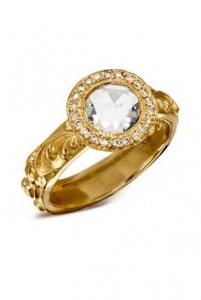 This is a clear score from a merchandising standpoint, because it makes the line more cohesive and strengthens her identity as a designer. It's also a score from a marketing standpoint. The demand for personalized and unique items is higher than ever, so by using antique pins for the bands, Just Jules' bridal rings are truly one-of-a-kinds. Her play on the concept of "something old" for the bride is also delightfully creative.
This is a clear score from a merchandising standpoint, because it makes the line more cohesive and strengthens her identity as a designer. It's also a score from a marketing standpoint. The demand for personalized and unique items is higher than ever, so by using antique pins for the bands, Just Jules' bridal rings are truly one-of-a-kinds. Her play on the concept of "something old" for the bride is also delightfully creative. When products are successful it's always due to more than the product itself. Business and market savvy are essential elements of success. Go see this terrific example of beautiful design and smart business sense at the Couture Show, in the Next Wave salon.
When products are successful it's always due to more than the product itself. Business and market savvy are essential elements of success. Go see this terrific example of beautiful design and smart business sense at the Couture Show, in the Next Wave salon.